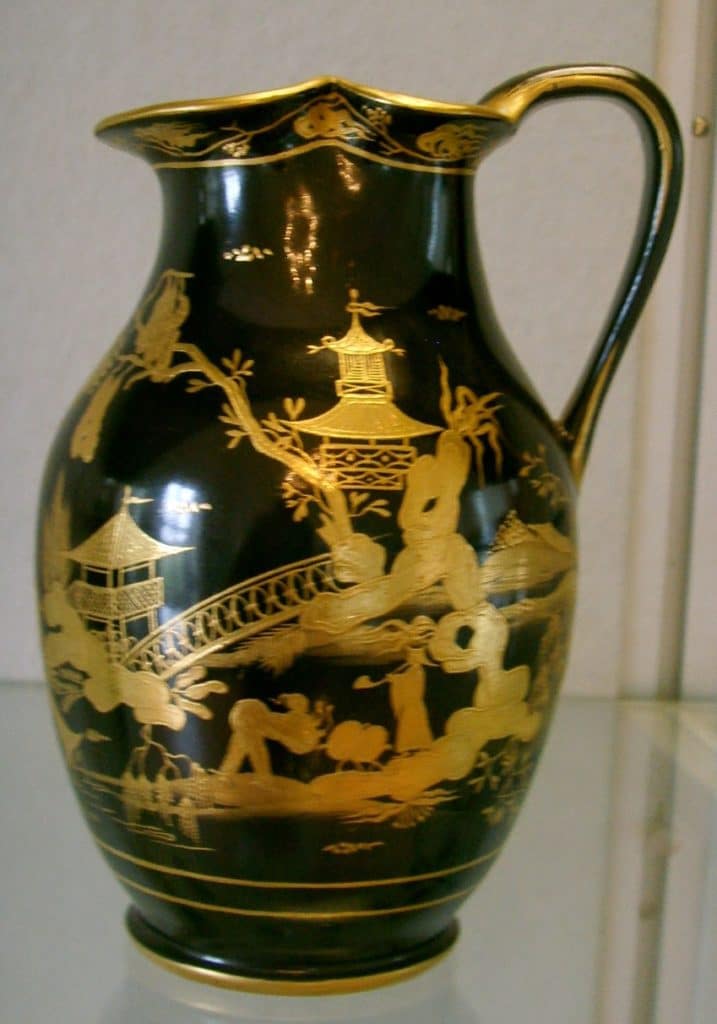 Have you ever imagined your home with an Asian design influence? You love all things Asian: the food, the textiles, the ceramics, but you are still not sure how to incorporate Asian artifacts into your design scheme. The very good news is that a little visual spice from the Orient goes with just about any decor! So get that Ming dynasty vase out of the closet ….But seriously, it doesn’t have to be worth the price of the Forbidden City to grace your rooms with Asian design and charm; just a little wisdom and good taste.
Have you ever imagined your home with an Asian design influence? You love all things Asian: the food, the textiles, the ceramics, but you are still not sure how to incorporate Asian artifacts into your design scheme. The very good news is that a little visual spice from the Orient goes with just about any decor! So get that Ming dynasty vase out of the closet ….But seriously, it doesn’t have to be worth the price of the Forbidden City to grace your rooms with Asian design and charm; just a little wisdom and good taste.
Asian Design and Detailing
Traditionally the combination of Asian-style detailing along with European design, known as Chinoiserie (pronounced sheen – oowaz – air-ee), made its way into Western culture in the late sixteen hundreds and by the eighteenth century had become a huge craze, especially in France. It was largely the emulation and imitation of Chinese aesthetics, but also included some genuine pieces procured from the orient; meaning China and Japan, and at that time, India.
Evolution
As trade with the orient increased it brought an influx of enameled screens, furniture, cloisonné boxes, and intricately patterned ceramics. By the late eighteen hundreds no Victorian home was complete without a “japanned” screen or a Chinese vase in the foyer to hold umbrellas. Japanning was (is) a process of layering many coats of black lacquer onto a piece of furniture, which then ends up as a burnished satin finish. These items were (and are) often delicately inlaid with traditional scenes and exquisite decorative patterns wrought from mother of pearl and other colored shells. All manner of Asian hand painted and metal leaf screens were also popular at the time and remain so to this day.
Antiques and Décor
Asian influenced, factory produced, or true antiques are all suitable for most contemporary design palettes. They are especially effective when placed among modern and transitional furniture, and work beautifully with Oriental and Persian rugs. Carved barrel-type side tables and a delicate Yixing tea pot collection can accent just about any room. If you prefer the less ornate, Japanese tatami mats and shoji screens create a restful space. A trip to San Francisco’s China town will ensure that these beauties are still to be had on the open market.
Furniture, Fabrics, and Tones
Though a lot of these items are accent pieces, one can also go for the bigger furniture items. If you are particularly fond of sixties modern, you will have already noticed the Asian design influence. Print and double weave fabrics, silks, and jade tones work splendidly with any re-creation of early sixties style décor. Oriental sofas, carved back chairs, and screens blend beautifully with traditional homes and provide elegant textural contrast to ultra-modern décor and architecture.
Start with one piece in your living room, bedroom, or dining room and I guarantee that you will want more….just remember that less is more when it comes to these complex treasures.
Sebastopol Living Magazine/ HAVE YOU EVER/ Creative Interior Design Solutions/ June issue 2018
MARTHA CHANNER is co-owner and artistic director of MC² The Science of Design, an interior design company that specializes in custom design, space planning, and fine art installations. www.mctwodesign.com 619-865-7885 Sebastopol, Ca.
Martha received her BFA in painting and printmaking, with a minor in Art history, from Barat College in Illinois and attended The School of the Art Institute of Chicago, where she studied spatial design, sculpture, and paint applications. She is a performance artist, fine art painter, and choreographer, which she incorporates into her large scale installations and exhibitions. Her work is shown nationally in galleries and museums. www.marthachanner.com

